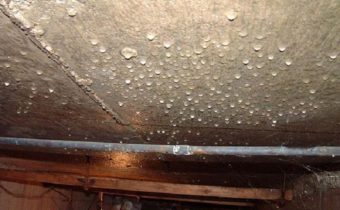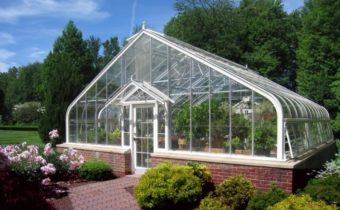Do not warm the walls from the inside!
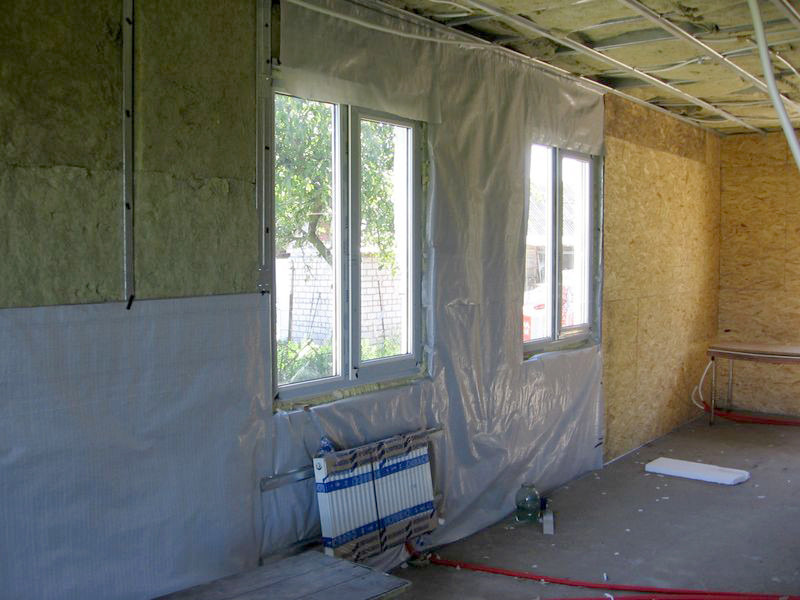
Many experts express the opinion that it is extremely undesirable to insulate the walls of residential premises from the inside, because this may cause mold, fungus development and wet corners. But still such a warming also has a number of positive aspects.
Pros and cons of wall insulation from the inside and what GOST says
SNiP 23.02.2003 (thermal protection of buildings) allow the use of thermal insulation materials for internal insulation - foam, expanded polystyrene and others. However, certain requirements are imposed on each of their species (density, breathability, energy efficiency, etc.).
If the master knows the subtleties of working with selected materials, then this is an acceptable way to increase comfort in the house. Arguments that talk about the positive side:
- the heat insulator, which is located indoors, does not collapse with sudden temperature changes, which prolongs his life. In this case, you can use a material that is not protected from moisture, which costs several times cheaper;
- savings - the inner space is smaller in area than the facade of the house, so less material is required, and no scaffolding is needed;
- reduced heat consumption for wall heating.
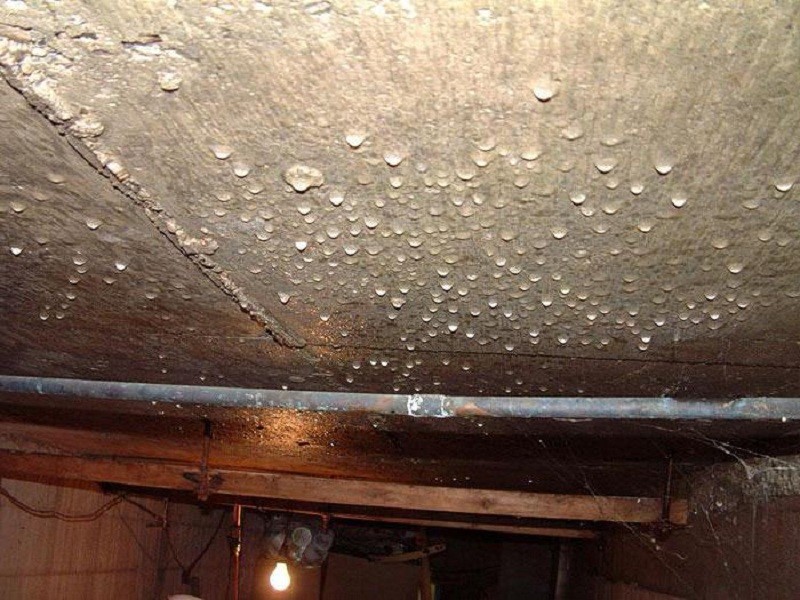
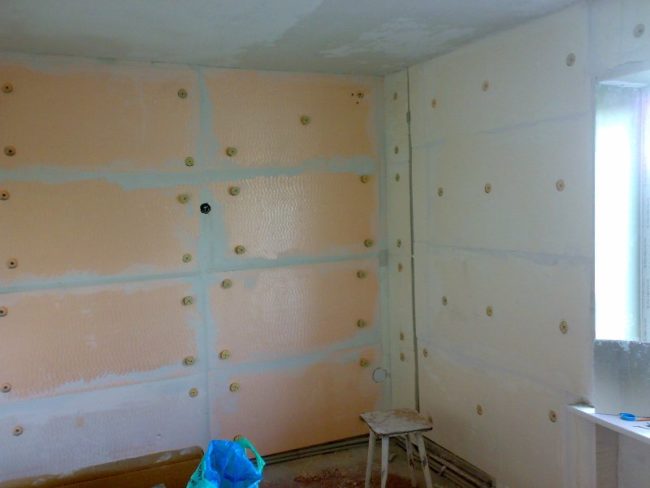
The disadvantages of this isolation house:
- decreases the internal volume of rooms;
- tenants must move out for the period of repair, because during such work there is a lot of dust and debris.
The main problem in the form of condensation
The amount of water in the air depends on its temperature. When the air cools and condensation forms. In case of internal insulation, the dew point occurs at the boundary between the heat-saving material and the ceiling or floor, as well as inside the heat-insulating panels.
In places of moisture accumulation mold may begin to develop. This is possible if the work was not carried out according to the rules.
Temperature difference
If the insulation is improperly installed, when the insulation covers only the walls, heat leakage and temperature differences are possible in the interfloor spaces, as well as between the room and the attic. To avoid temperature extremes and retain the precious heat, it is necessary to install an even heat-insulating circuit inside the whole house, including the ceiling and floors.
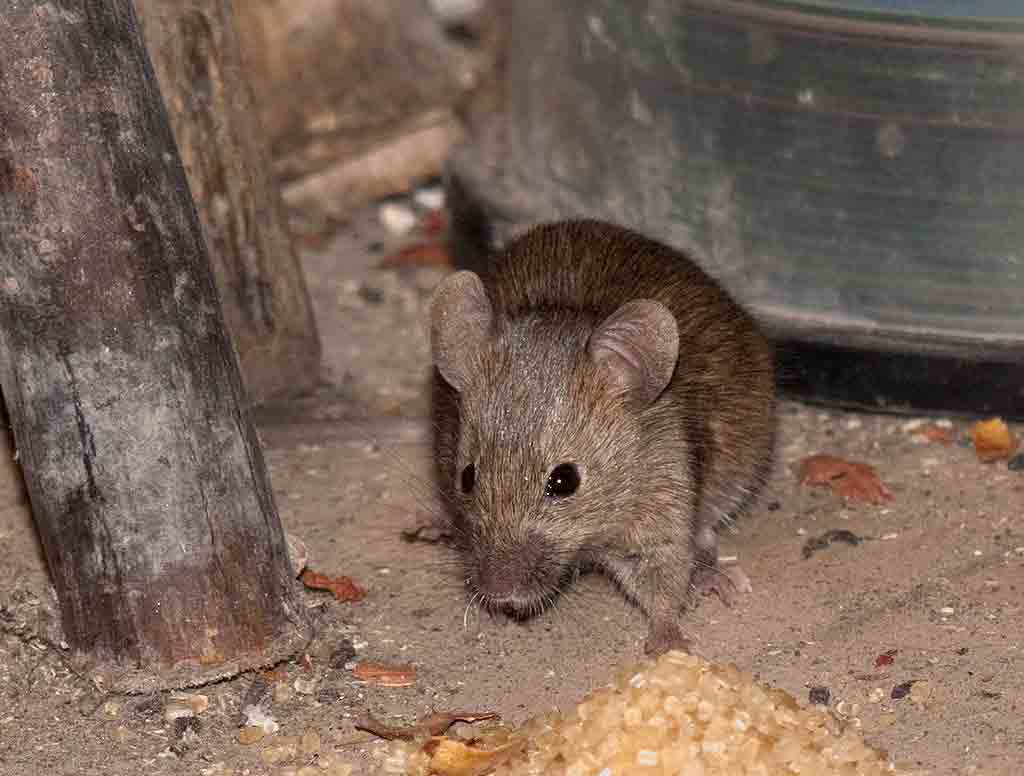
Degradation of the microclimate
Many point to a deterioration of the microclimate inside the house - cold from the brickwork passes through the insulation, because of this condensate accumulates inside the room. The moisture does not have time to evaporate, and at a temperature within 10 degrees, a mold and fungus develops on the insulation panels, a white film appears on the furniture and books and smells of damp in the house.
These problems can be avoided if you choose a heat-insulating material suitable for the weather conditions of the region and professionally install it.
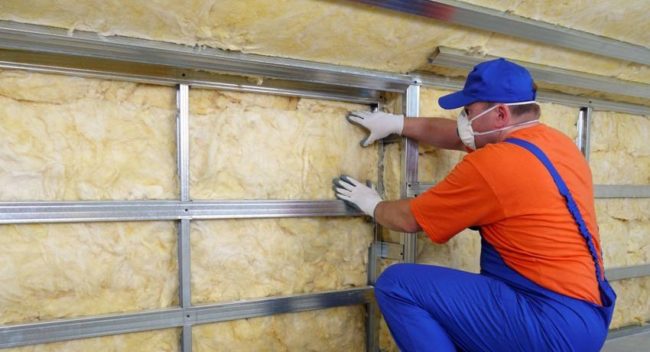
Reducing the area of the room
The main negative factor of warming inside the living space is a reduction in the cubic capacity of living rooms. Of course, there will not be a significant decrease in living space, but still it is better to choose a material of small thickness. Especially if the rooms are already small, and the furniture is matched exactly to the size of the walls.
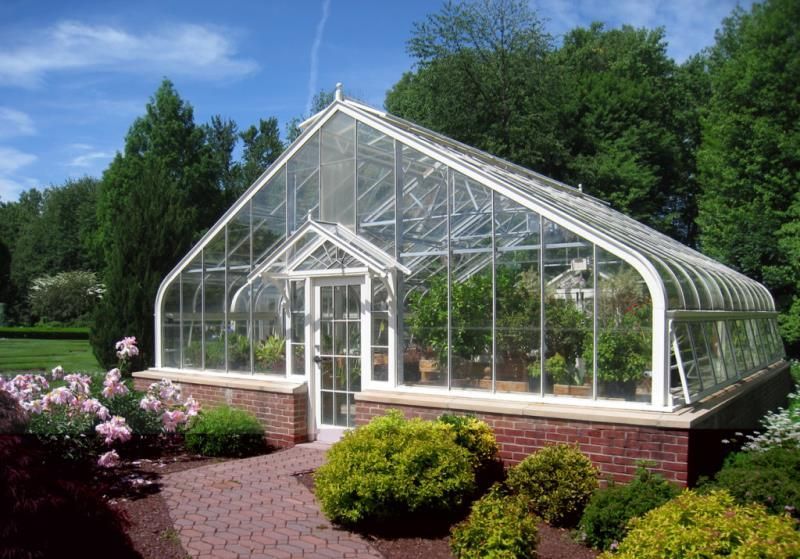
Permissible methods of internal wall insulation
Basic installation rules:
- walls should be carefully plastered, all cracks should be repaired;
- the entire surface prepared for insulation must be treated with antifungal mixtures or solutions;
- the corners of the junction of walls, ceiling and floors need to be painted over with insulating paint;
- Insulation should be tightly attached to the wall, and 50-60 cm should go in the corners of the adjacent walls, floor and ceiling. This will avoid bridges of cold (places where cold and warm air come into contact) and the development of mold in the corners.
If you correctly use these tips masters, then anyone can warm the house from the inside on their own, avoiding the problems with climate change in the room.



